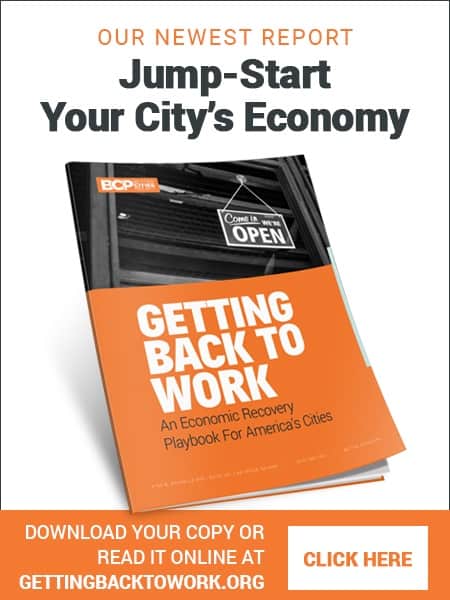Paul Krugman recently wrote, “there’s no more room for housing” in California unless they build up. After all, he notes, “San Francisco is on a peninsula, Los Angeles is ringed by mountains.”
Yes, San Francisco is on a peninsula. But, immediately to the south of the city is San Mateo County, which — according to census data — is 68 percent rural open space. South of San Mateo is Santa Clara County, home of San Jose, which is 74 percent rural.
Krugman may have heard that there is bridge called the Golden Gate that connects San Francisco to Marin County, which is 84 percent rural open space. Another bridge called the Bay Bridge connects San Francisco to Alameda and Contra Costa counties, which are 63 and 57 percent rural open space. Between all of these counties together, more than two‐thirds of the San Francisco Bay Area is rural open space.
In Los Angeles, a study funded by the state of California found that more than 800,000 acres of Los Angeles, Orange, and Ventura counties are potentially developable. Over the hill, but a short drive away from Los Angeles, Riverside and San Bernardino counties have millions of acres of developable land.
Krugman also needs to learn some construction economics. He thinks that, because people in Manhattan live in mid‐rises and high‐rises, everyone else should be able to do so. But not everyone else is a Nobel‐prize winning professor and most people can’t afford to live in such expensive buildings. As California developer Nicholas Arenson testified at a meeting on housing prices, mid rises (four to seven stories) cost three to four times as much while high rises (eight stories and up) cost 5.5 to 7.5 times as much per square foot as single‐family homes.
Numerous surveys show that around 80 percent of Americans of all age groups prefer single‐family homes over living in mid‐rise or high‐rise apartments.
Moreover, most people don’t want to live in apartments or condos. As an economist, Krugman should know something that is fundamental to economics: personal preferences count. Numerous surveys show that around 80 percent of Americans of all age groups prefer single‐family homes over living in mid‐rise or high‐rise apartments.
A Gallup poll conducted shortly before the pandemic found that 40 percent of Americans who live in big cities would rather live in smaller towns or low‐density suburbs, while more Americans want to live in suburbs and exurbs than actually live there. The pandemic has heightened these desires.
So if people would rather live in single‐family homes, why are so much of the San Francisco Bay and Los Angeles areas still rural? The answer is that, forty to fifty years ago, some people who didn’t understand geography and thought that California was running out of land drew urban‐growth boundaries that put all of those rural areas off‐limits to development. Under California law, once drawn such boundaries are practically impossible to move.
Thanks to the artificial land shortages created by these growth boundaries, urban land in the San Francisco and Los Angeles areas is ten times more expensive than land in urban areas that don’t have such boundaries. When combined with the added costs of building mid‐rise and high‐rise housing, it is clear that density only makes housing more expensive, not more affordable.
Even where development is allowed in California, it takes years to get approval. A recent development of 15,663 homes began in Hesperia, California, about an hour from the Los Angeles city limits. This was originally planned in 1987 but took 34 years to get final approval.
California is America’s most populous state, but thanks to urban‐growth boundaries and similar policies, 95 percent of its residents are confined to little more than 5 percent of the land. If the growth boundaries had never been enacted, another 3 or 4 percent of the state would have been urbanized, keeping housing affordable but still leaving more than 90 percent rural.
Why should peoples’ geographic ignorance mean that California housing should be cramped and expensive like Manhattan? Krugman may be happy with city life, but most people who live or move out West expect to enjoy wide‐open spaces, not high‐rise housing.
Last week, the California state assembly passed bills allowing for higher density housing in the state’s cities. But densification of single‐family neighborhoods is not the solution to the state’s housing affordability problem as long as land remains artificially expensive and dense housing costs more to build than single‐family homes. The real solution is to abolish growth boundaries and similar policies restricting rural development.
This post first appeared at Cato.org.









